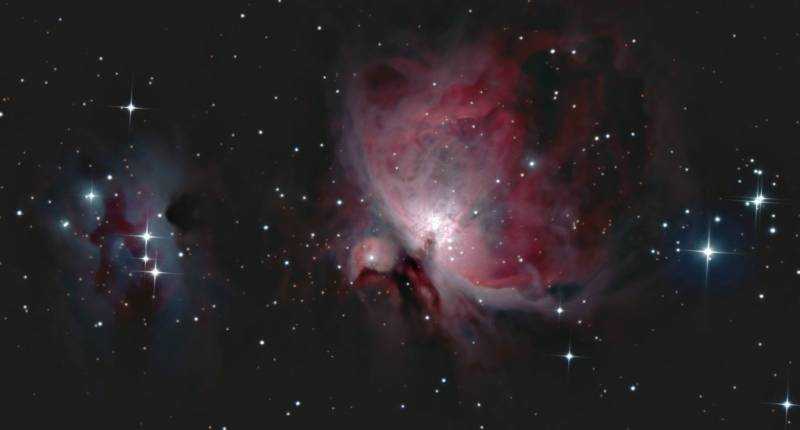Well this is quite extraordinary. I discovered a huge pile of DVDs last week and I just spent a few days downloading them all onto an HDD. The data was all very old (mostly around 2005) and is all taken with the original Hyperstar (no collimation or rotation adjusters) on a C11 with a tiny little H9C OSC CCD (1.4 Mpixels). Now as I had only JUST started off imaging, I knew absolutely nothing about sub-exposure times, or basically anything, so these two images were taken with 30 – 40-second subs, and there were 150 – 200 subs stacked for each image. As you can see – the Trapezium region of M42 is not completely blown out – unlike all my later “better” work!! So by pure luck I was actually doing better early on when I didn’t know what I was doing compared to later on when I actually thought I’d learned a few things. This is not the first time that my initial best guess turned out to be almost optimum ![]() These images are from February 2005.
These images are from February 2005.
Pages
Categories
- Hyperstar III and Trius SX-814C
- Uncategorized
- Macrophotography
- Carbon Stars
- Picture of the Week
- High-Speed Photography
- Photomicroscopy
- Talks and Presentations
- Photographic courses
- Hyperstar III and SXVF-M26C
- Canon 200mm prime lens
- Astronomy Image of the Day
- Exhibitions
- CCD Images
- Published Work
- Site News
- Writing
- News
- Creating mosaics
- Star Vistas
- House and home
Visitors
Admin
Tags



